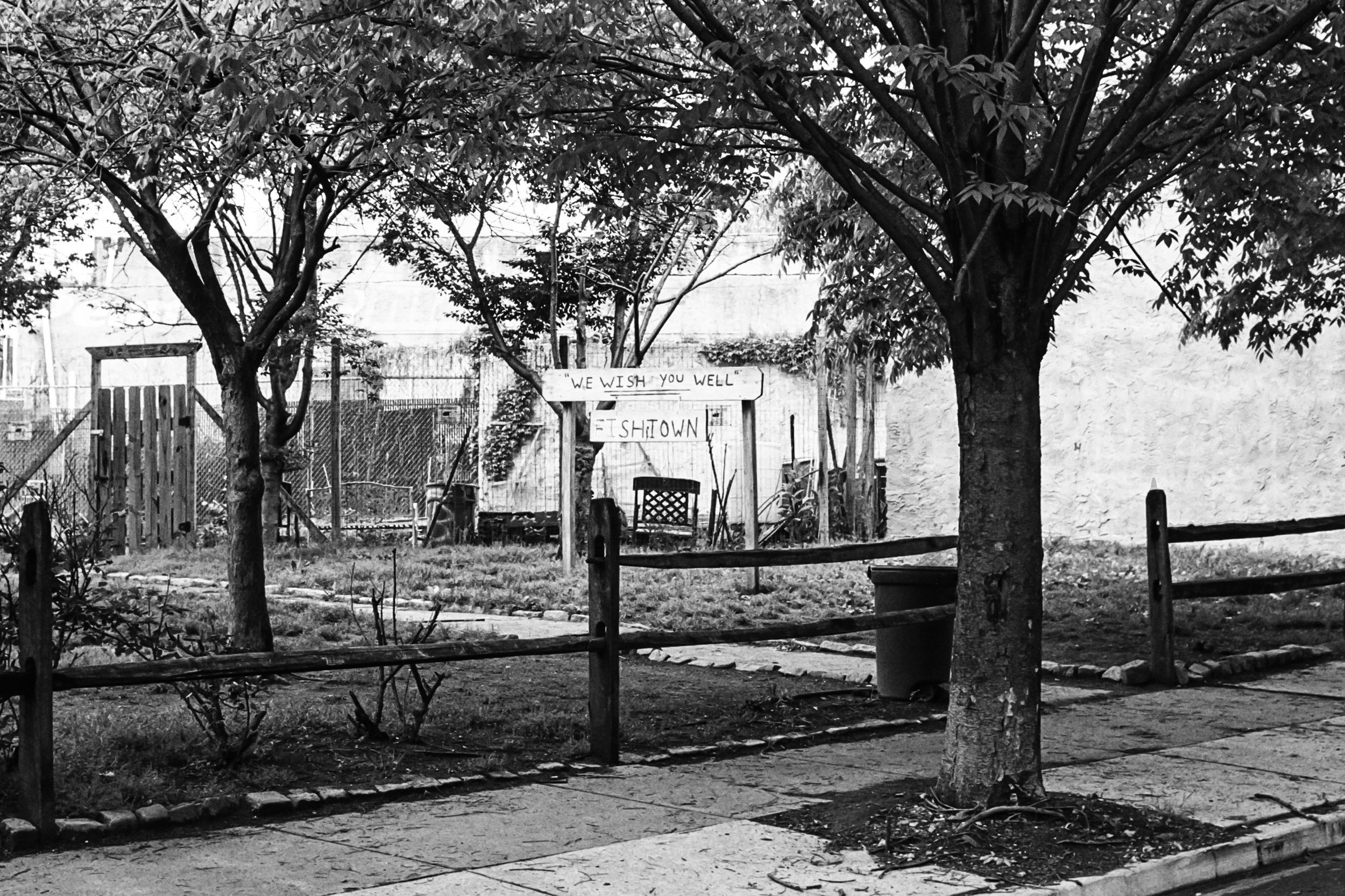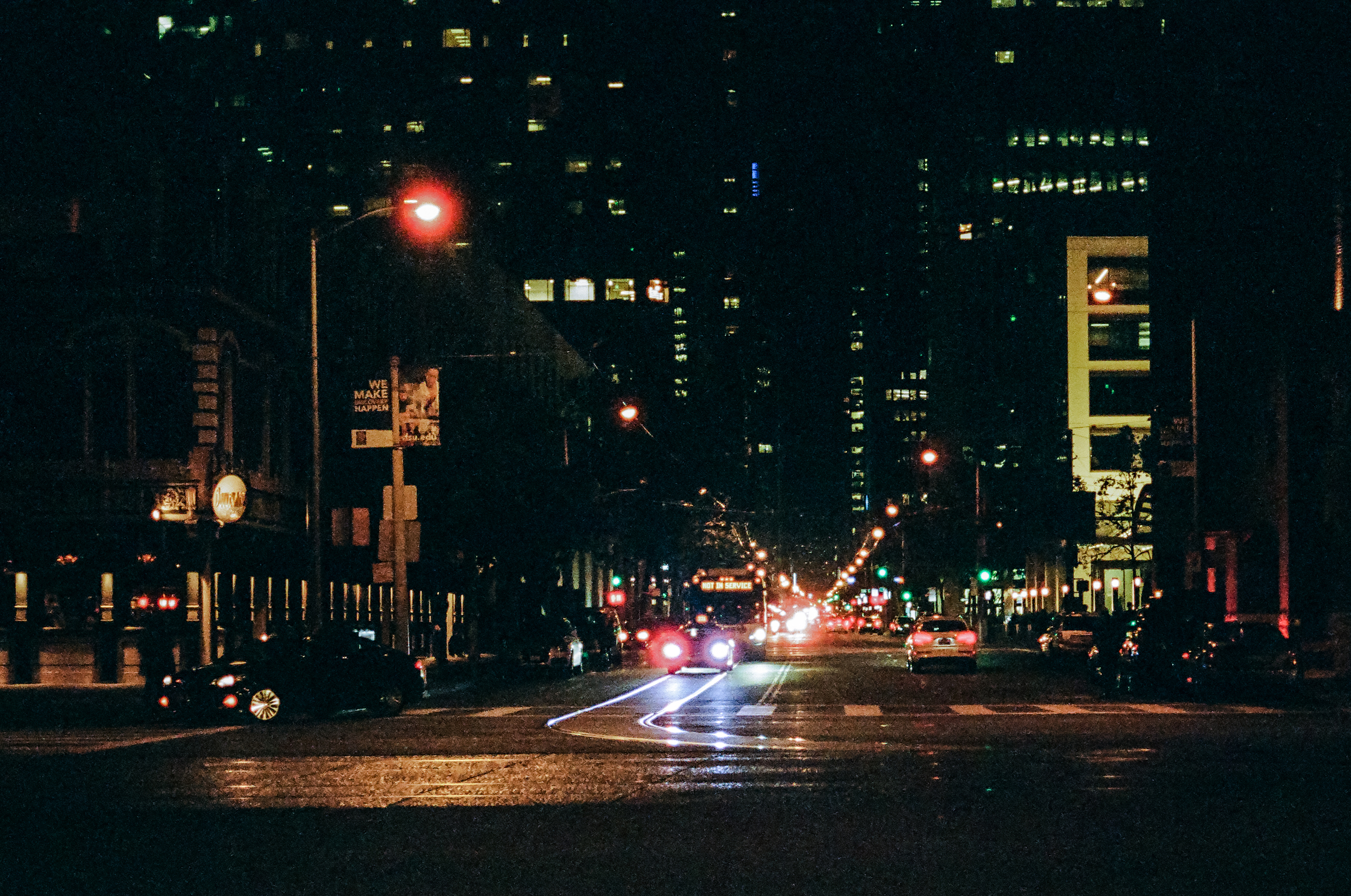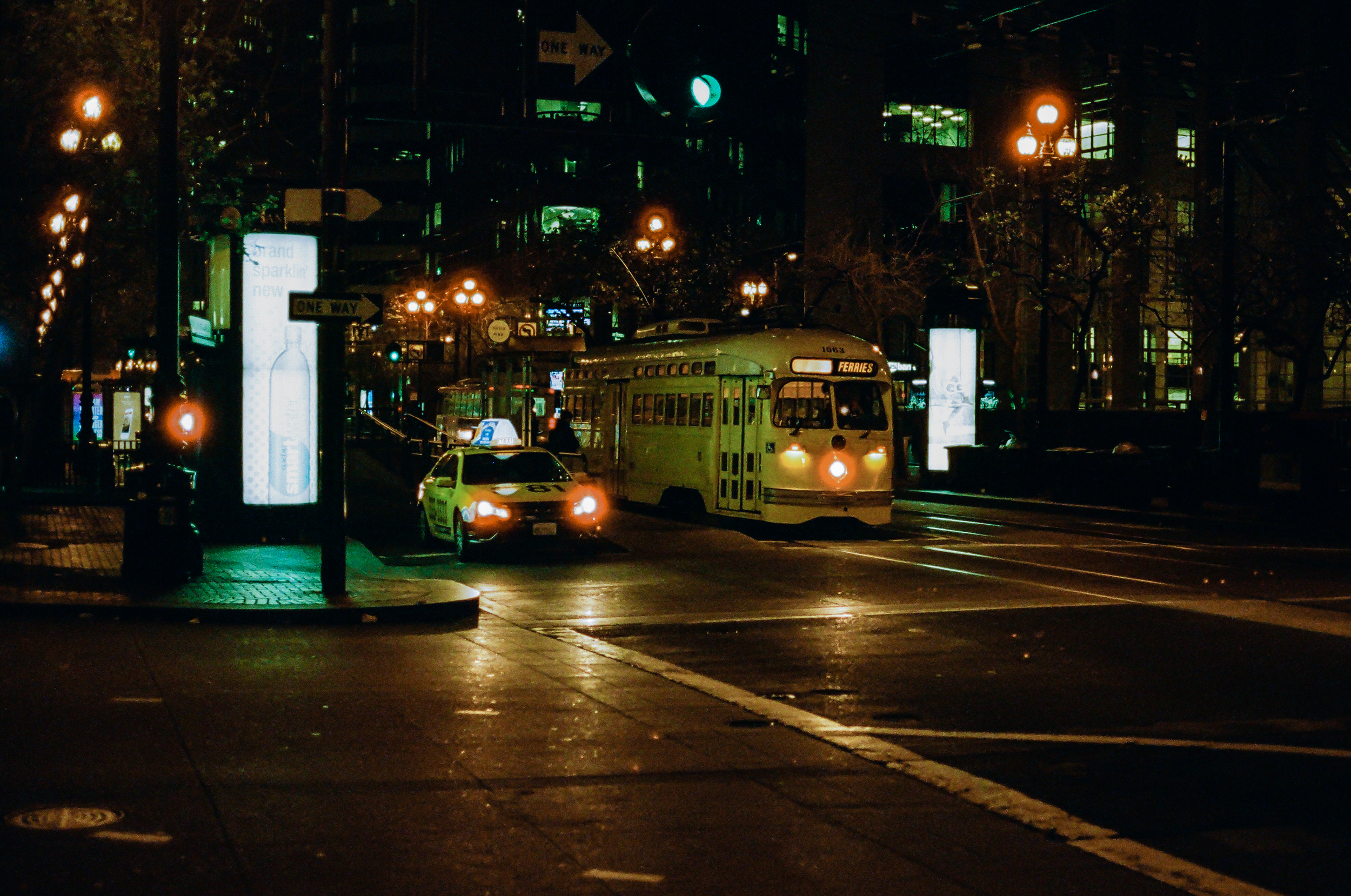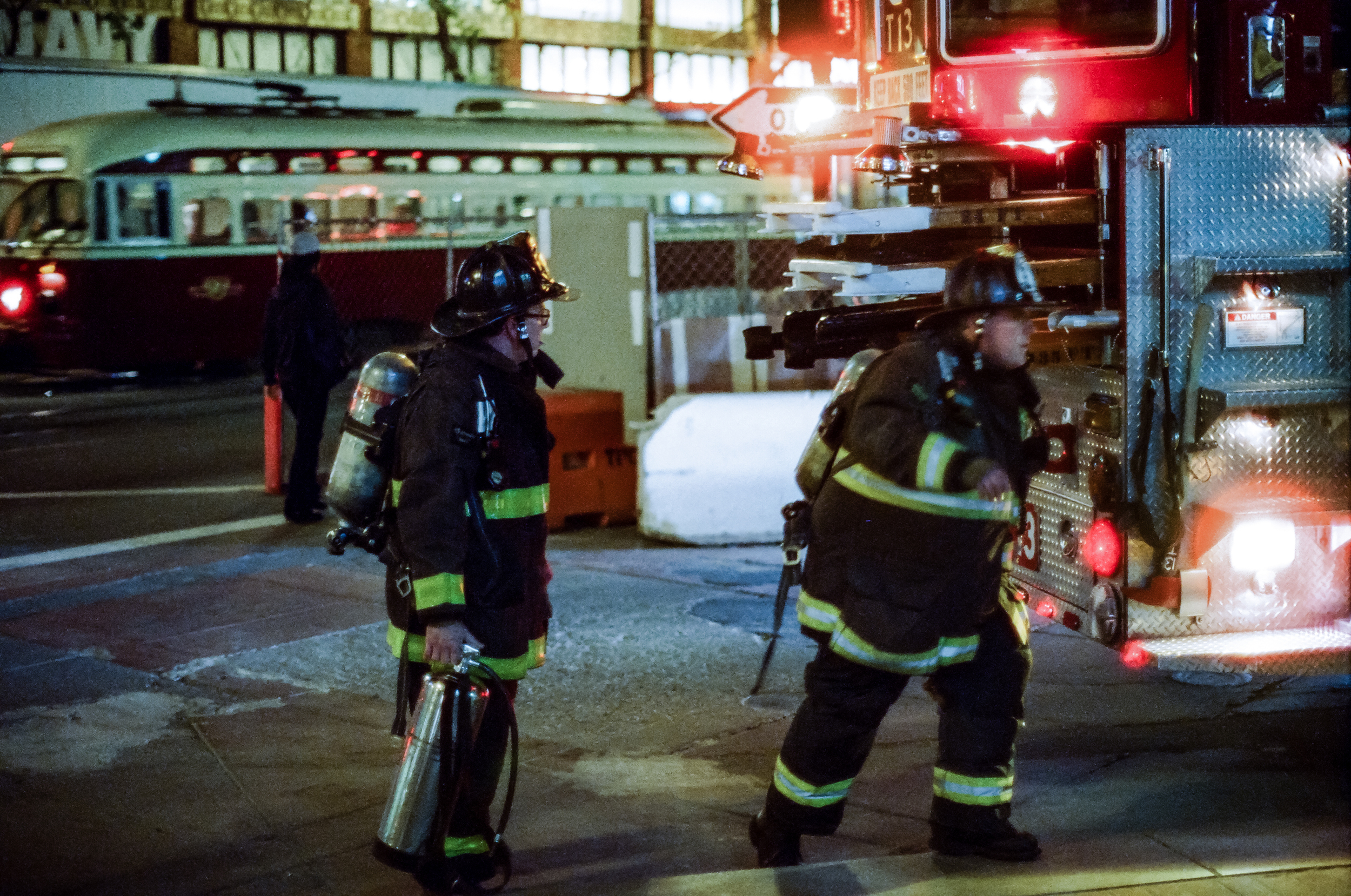I have a confession, one that might surprise you, in my many years involved in photography, which started with film, eventually went to digital, and then back to film, I had never owned a Nikon until this year. I could probably come up with an assortment of reasons for that; when I was starting out Nikons were too expensive, or once I could afford decent cameras I was shooting mostly medium format, or even that my contrarian nature had me using Pentax and Olympus simply because everyone else I knew was fawning over their Nikons and Canons. I will say that when I dreamed of cars, I dreamed of Porsches and BMWs, and when I dreamed of cameras it was always Leica and Hasselblad.
Fast forward to today and as a film photographer in a digital world, there are certain benefits. There are unfortunate things happening too of course, like hoping that my favorite film continues to be available (at least the ones that are still available today), and that I can keep my now mostly unsupported 20, 30, 40 and even 50+ year old cameras functioning. But on the happy side, cameras that I could only dream of as a starving student are now cheap to sort of reasonable (I did say I dreamed of Hasselblads and Leicas).
A few months ago I was in San Francisco and I stopped by Adolph Gasser Photography. This is one of those great old photography stores where you never know what you might find on any given visit. As I looked around the used cases something caught my eye, a Nikon Nikkor 55mm f/1.2 Ai lens. Did I tell you I have an obsession with fast “50’s”? Well, let’s just say I have a “few”. Now this wasn’t the famous 58mm 1.2 Noct-Nikkor, but it still was a lens I hadn’t tried. Also, conveniently located a few inches from that nice 55mm lens were a few Nikon film bodies. Some were the more “modern” F4 and F5 film cameras, but sitting all alone (see how I make it feel lonely and like it really needed a home, sad you know), was a substantial and interesting looking F2AS. A quick Google search and I learned enough to validate that the camera was somewhat unique and very favorably thought of. I suppose I could have adapted the lens to some other body in my camera cabinet but it really doesn’t seem “right” to have a beautiful lens and attach a cheap adapter to the mount.
Well you can see where this is going, but let me say that when I picked up the (very lonely) F2AS, it had a great feel. Okay, honestly at nearly 2 lbs without the lens, it also felt as heavy as a brick, but that’s not the point. This was a thing of beauty, a thing I have always found compelling, a piece of precision engineering in full mechanical glory. So to shorten this already long part of the story that is supposed to be a review of a camera, I now own my 1st Nikon lens and body (well, actually, I liked that one so much that it now has a few companions, but that’s a story for another time).
On to the review. The Nikon F2AS is the last of the F2 line which spanned the decade from 1971 to 1981, and was the last fully mechanical camera made by Nikon. The F2AS is a F2 body with the Photomic AS metered prism and was launched in 1977. An evolution of the original F, the F2’s continued to set the standard for professional 35mm SLR cameras. The F2 has a horizontal titanium mechanical focal plane shutter with speeds that are infinitely variable from 1/90 - 1/2000, 2-10 secs and then full stops from 1-1/60. And yes, you read that correctly, the shutter speed is infinitely variable for most of the range. Flash sync is X only, 1/90 with a PC terminal on the front. Since it has no hot shoe there is an optional flash module that fits over the rewind crank to provide the hot shoe. The F2's design supports multiple exposures by using the rewind button and cocking the shutter with the advance lever.
The F2’s are compatible with Nikon F mount AI, AI-S, AF, AF-S and even non-AI Nikkor lenses (there’s a little button by the AS logo on the front of the prism housing that you have to push over for non-AI glass to work properly using stop-down metering). The newer G Nikkor lenses will not work. The Photomic AS viewfinder, also called the DP-12, is one of the best things about the camera. It’s very large 100% viewfinder is bright and clear. As a system camera it has a variety of interchangeable focusing screens and viewfinders. The metered AS finder can be illuminated with a little switch on the top of the finder prism housing and has an eyepiece shutter that is set using a small lever over the eyepiece for unmanned shooting situations.
As a fully mechanical camera the F2AS doesn’t need a battery, but for the built in meter it takes two S76 or SR44 batteries. Metering, which is done TTL from the interchangeable viewfinder, uses a silicon photodiode instead of the older CDS cells. It is particularly sensitive for low light shooting (for example, with a 50mm f/1.4 the meter range is -2 to +17 EV at ISO100), and using the meter to set the camera is accomplished using 3 LEDs in the finder (red -, dot, +). Viewfinder illumination is activated with a little switch on the top of the prism housing and the power "switch" is the film advance lever (pull it out slightly).
As I said above, the F2 is not a lightweight, but is is well balanced and comfortable (for me anyway) to shoot. It's easy to see why is was so popular among pros in the 70's and 80's, it's a real workhorse and just keeps going no matter what the situation. In fact it was so popular that when Nikon introduced the F3 in 1982 there was an uproar from the pros who did not trust the "electronic" F3. Many continued to use the F2 in its various forms for many years into the life of the F3. If you like to shoot in low light, the F2AS with some version of the Nikon f/1.2 50's is a strong contender, at least as far as the meter / viewfinder is concerned. That said it won't replace the Leica M as one of the best cameras for slow shutter speed, hand held photography; the weight advantage and the lack of mirror slap is hard to beat.
The F2 is a fun, reasonably priced Nikon body and in the AS version a real joy to shoot. Being fully mechanical it gives you complete independence from batteries, the controls are simple and easy to operate, and the AS finder is excellent both from the view itself and the simple, accurate metering design (the LEDs are super simple and viewable in any light). As a system camera it has lot's of options to increase its flexibility from motor drives to 250 exposure backs (actually in researching I found a 750 exposure back, not that you'd want one, or could find it if you did). For motor drives Nikon offered 3 standard models, MD-1, MD-2, MD-3, and a special high speed MD-100 (14fps) for 36 exposure rolls, as well as the bulk film backs. So for my first Nikon experience I'd say I very pleased with the camera and the quality of the lenses. Would I get rid of my Leicas or Pentax, well, no. But I am finding myself tossing one (or 2) in my bag almost every time I go out to shoot. If you're looking for a no fuss, solid quality mechanical 35mm SLR, you couldn't go wrong with the F2AS.
Connect
Photographer Michael Fauscette uses the process of film as therapy for an over active, over connected and hectic world. Connect with him here on our website , on Instagram. and on Twitter.







